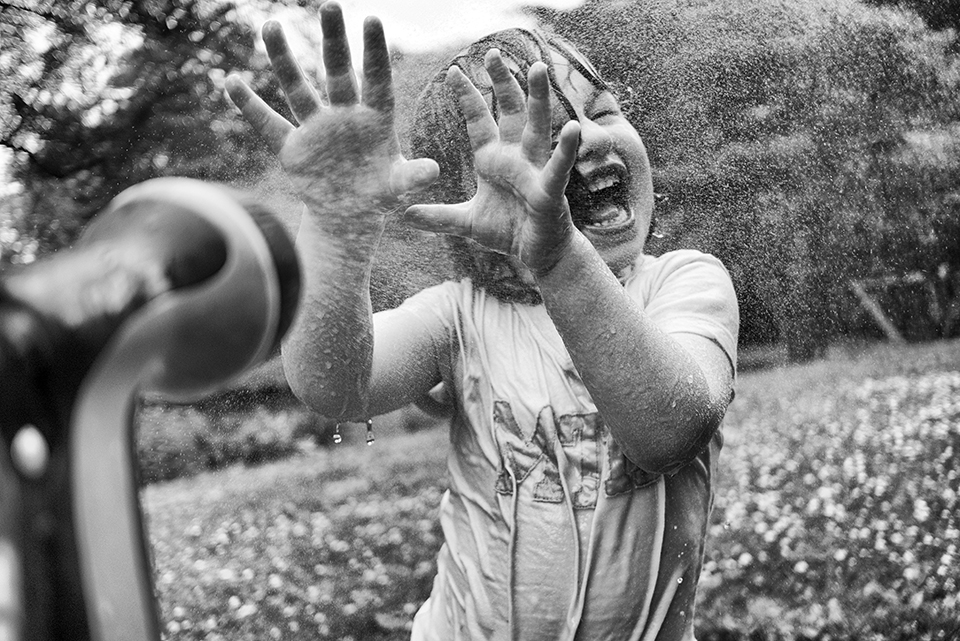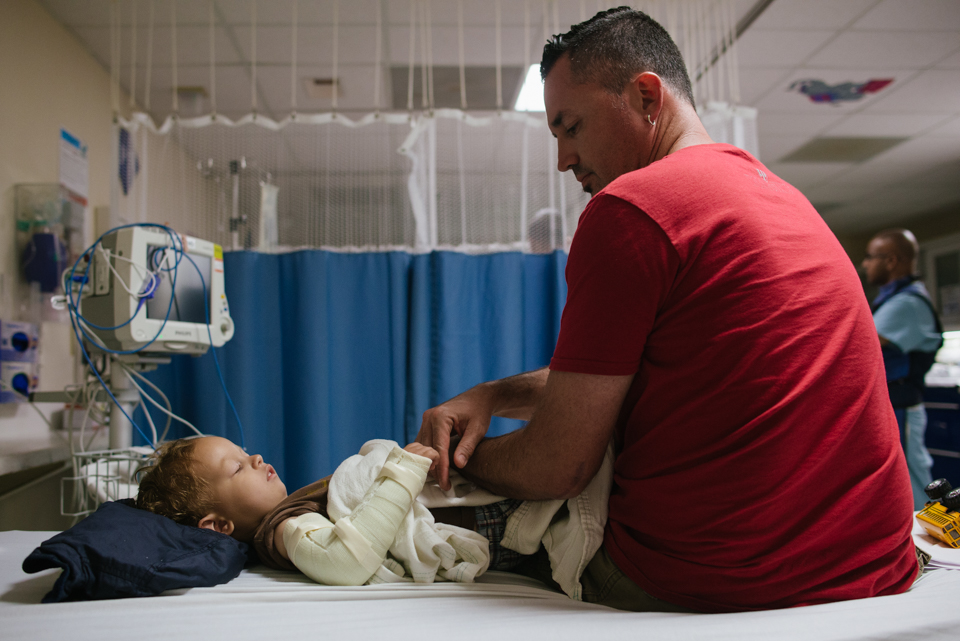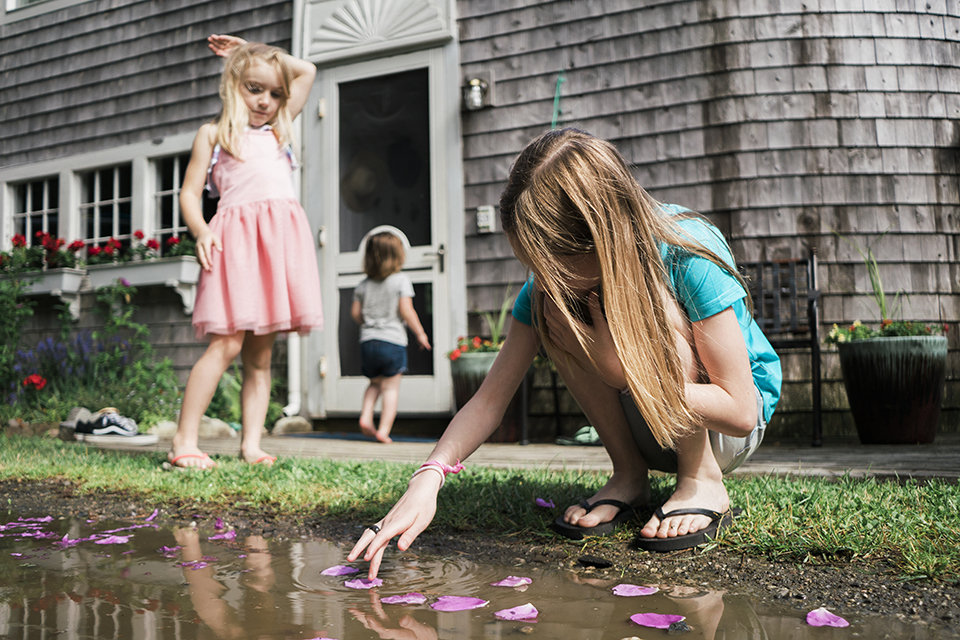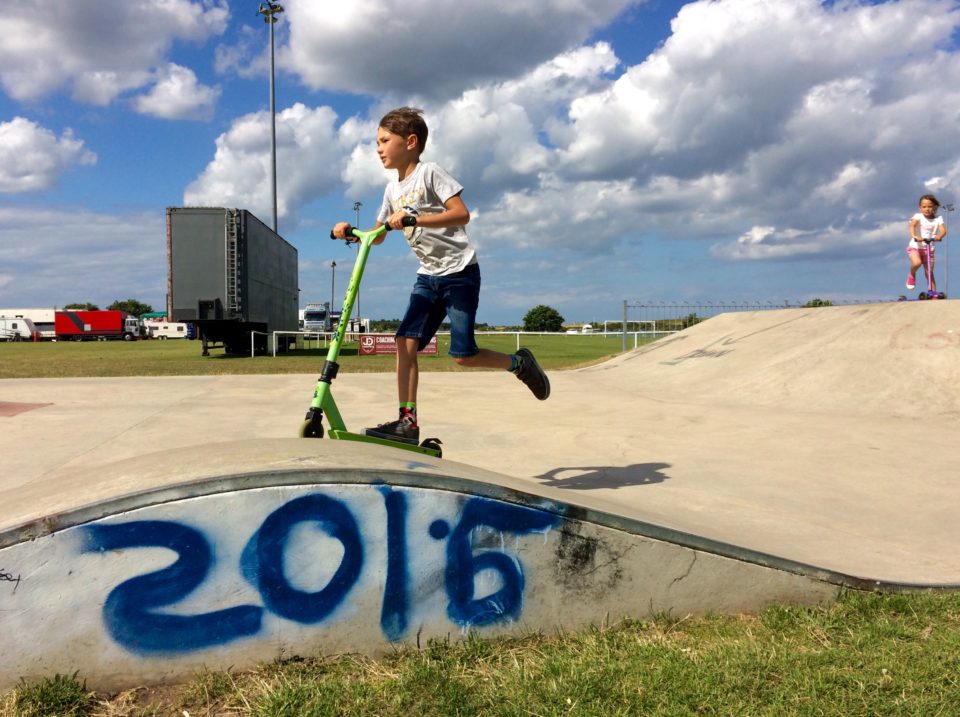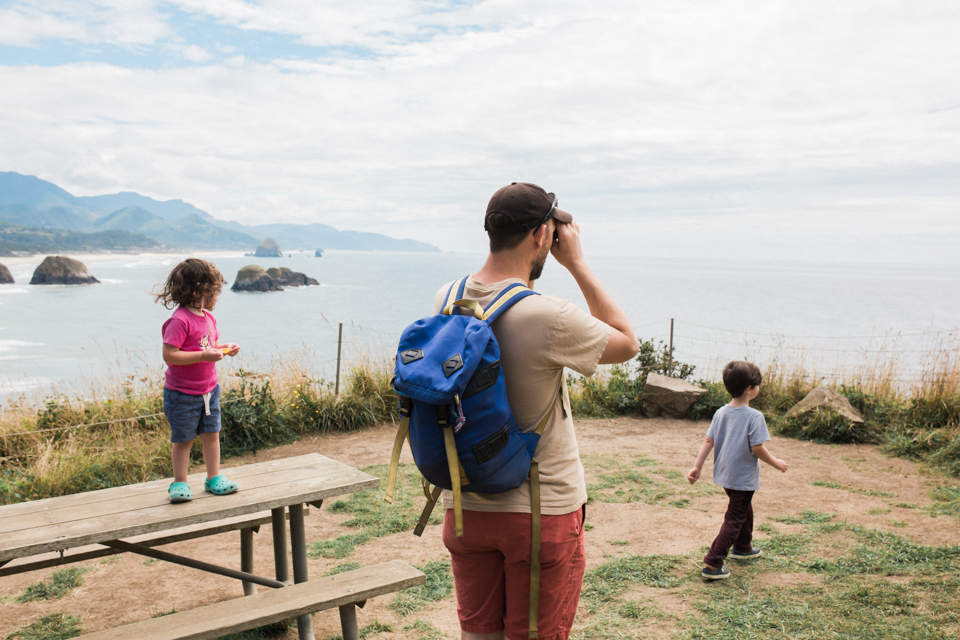Our newest featured artist is Olivia Gatti, who describes herself as a “former photojournalist turned librarian turned roller derby queen turned mom to three girls and one rescue dog.” While she has been working in family photography for many years she has recently transitioned to her true love of in-home 100% documentary sessions. You can find out even more about her and her work on her website, Facebook, or Instagram. Here is what she had to tell us about her work and her business.
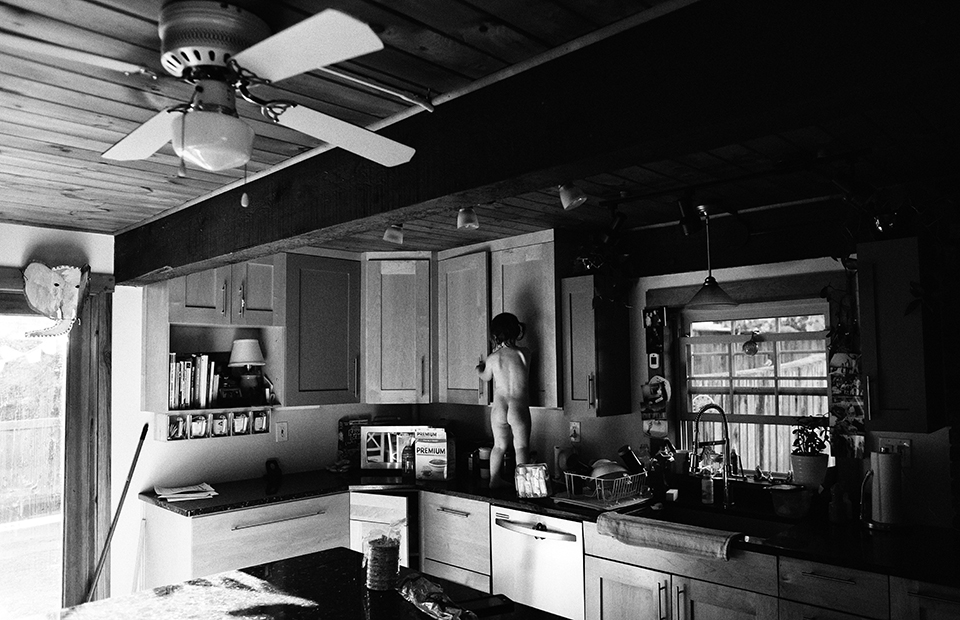
Your work shows a beautiful use of light, particularly dramatic light. Is there a lighting situation you are particularly drawn to? And can you walk us through your editing process?
Thank you for noticing! I’m always drawn to good, different, and unexpected lighting. Once you start to truly understand light, you see opportunities to capture it everywhere. There isn’t one specific kind I truly love, honestly. I love it all, the more unexpected the better. In documentary, you can’t control when the light is good, or even if your subject necessarily will move into it, so when all the elements collide, it is truly a magical thing. You just have to be ready, and with lots of practice hunting and shooting in all types of light, you will be.
I try to keep my editing process extremely simple. My background is in news photography where you weren’t allowed to alter images in any way. All you could do was boost contrast and curves, maybe a little dodging and burning. Because of that I never really learned any fancy photoshop tricks. And at this point I don’t really want to. I do everything I can to get it mostly correct in camera so I don’t get bogged down in editing.
I do use one VSCO preset and one Nik Silver action. I own a ton of actions, but in the end have found the two that really keep my work looking clean and not overly processed.
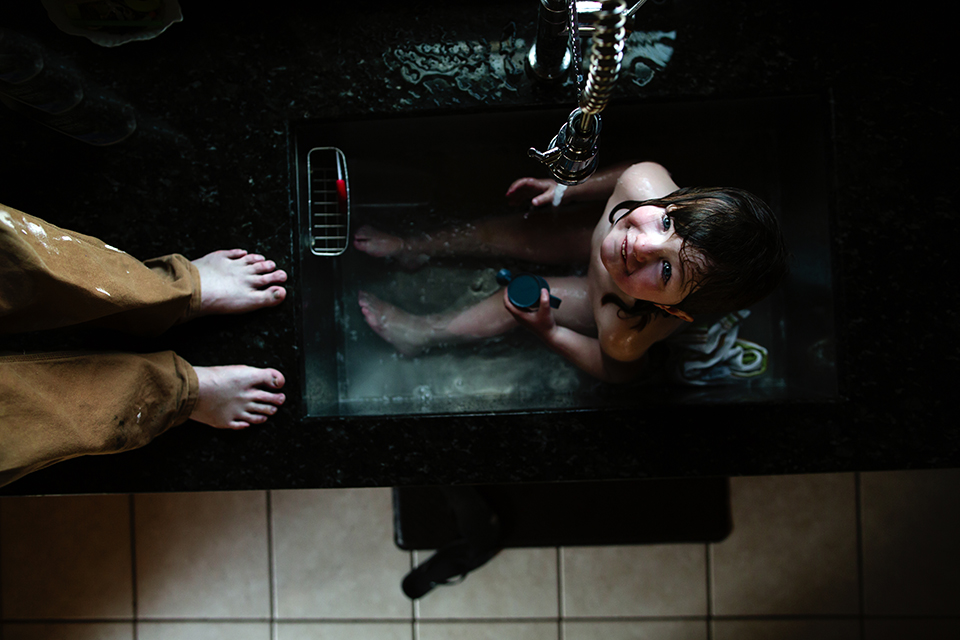
You use a lot of creative compositions. Do you crop in camera or in post?
I love photographs with interesting and smart compositions. I feel like that gives me better insight towards the photographer and their approach; it’s like I really know they can “see” the moment. So I try to emulate that in all I do as well. I love layers, and frames within frames, and unusual crops. I love when someone unexpected runs into the frame and I catch a random body part or blur. I shoot pretty wide, consistently with a 24mm and now a 35mm on my Sony a7rii. Because they are such wide angles, I feel like I have to be fully aware and responsible for what’s in the frame. It’s the weird accountability I hold myself to when I shoot. So to answer the second part of the question, I crop in camera, never in post. I might straighten a horizon here and there, because I don’t particularly like tilted horizons, even ones that are slightly off. But if in straightening the horizon means my overall composition and balance gets thrown off, I’ll probably just kill the photo altogether.
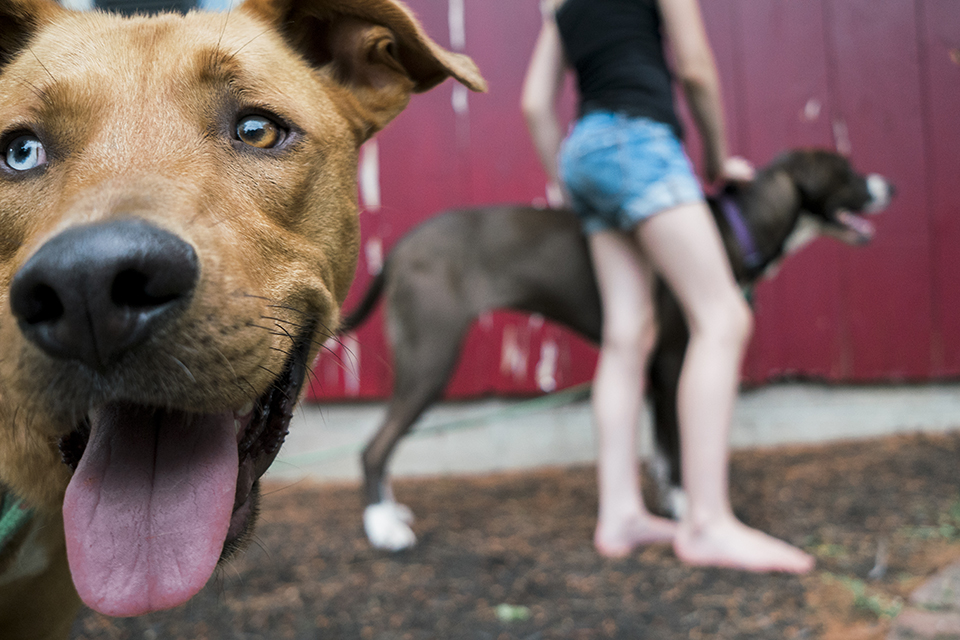
What guides you in determining which elements to include/exclude in a frame?
Beyond the moment and some nice lighting, I look for elements that help to tell the overall story or that better evoke the mood or feelings at the time. I was just shooting my friends and their kids this past weekend in the Hamptons, in a beautiful house with white everything, super stylish. The light was great, the moments were really authentic and true (laying on the couches cuddling the kids, braiding each other’s hair). But there were also all these My Little Ponies and wiffle balls and pool noodles lining the edge of the fancy glass coffee table so no little one got hurt. And I thought to myself, well I could compose this so that I exclude what is happening on the floor level and it will look like some photo shoot from The Hamptons Magazine, or I could compose the photos to take in the real scene. So I went with the real scene and included the kids’ mess, because that was real. Even in the Hamptons.
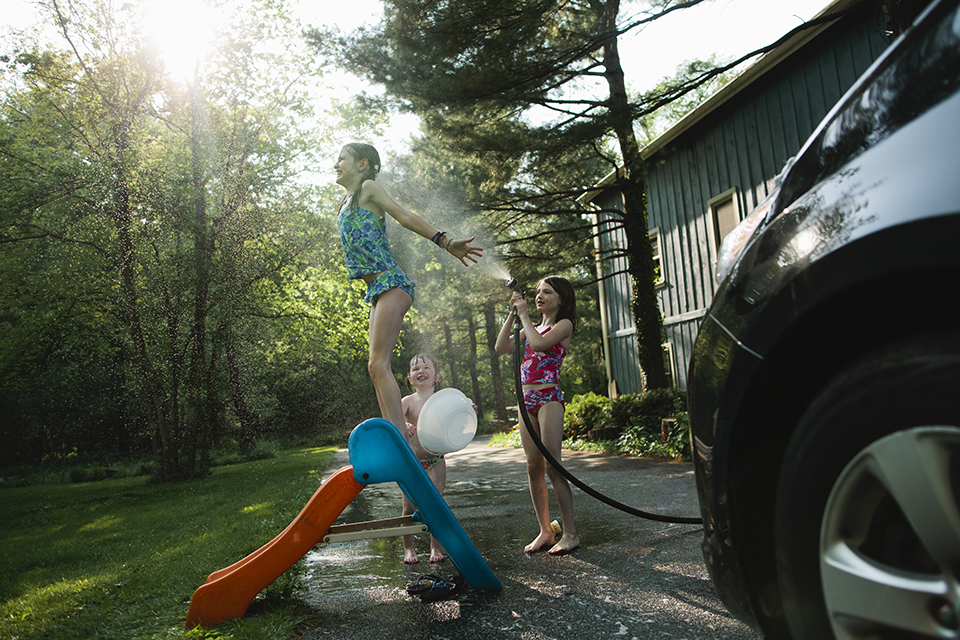
You work shows little fear in showing skin which is something so many of us, as parents of young children, can relate to. Do you deliver these types of images to your clients too? If so, do you have a conversation about it first to make them more comfortable?
Showing skin is such a tough one, and I can completely understand and respect people who don’t shoot it or shoot it but never show it. It is clearly a very personal and individual decision. With that said, I, on the other hand, feel really strongly about being honest about my life as a mother, and in my life my kids are naked, especially my littlest one. My older two are becoming more self-aware and so I’ve stepped back and let them have the privacy they want. This means I have watched them sometimes close their bedroom doors on me while getting dressed and have felt this bittersweet feeling, but such is life. I think, because I have a pretty open mind and an on-going visual dialog happening with my work about my life, I attract clients who feel similarly about childhood, nudity, and positive body love. I am planning on adding something in my new client questionnaire about this topic so that I know before hand how they feel, but currently when documenting families, I often have to use my best intuition to read if this is or isn’t cool. And it never hurts to ask, either. Even if we are in the moment, to pause and make sure everyone is comfortable with the scenario. I always explain it is for their eyes only, and also encourage them to see the bigger picture of these moments; that someday all too soon, their little kiddos will want to get dressed and undressed behind a closed door and maybe right now the freedom and safety they feel is indicative of where you all are in life presently. And I think that is why these photos are so beautiful.
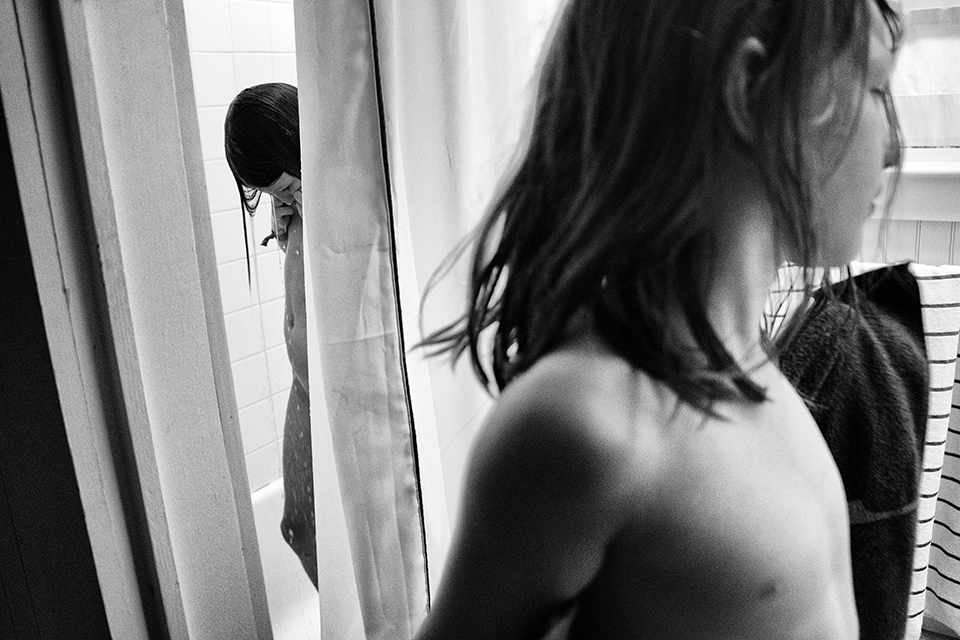
How do you help families relax and act as naturally as possible around you while doing a home documentary session?
I don’t have any special formula for getting my clients to relax. I truly believe I attract cool, relaxed people to begin with by what I put out there (and yes, I’m talking about energy). I’m honest and vulnerable and real with them the entire way through the experience. If I feel like I need to throw on a long lens, which I know looks crazy to some folks, I just talk about it while I do it and get them used to the idea of how some of my gear works and why I use it. I get on the kids’ level almost immediately too, and act silly and sing. I make real eye contact and ask questions. I keep my energy low and easy and they seem to tap into that if they need it. I never push anyone to do or be anything other than themselves. I think all these things keep it really natural and fun.
Have you found the transition of your business to exclusively in-home documentary to be a difficult one? What is one piece of advice you would give to photographers looking to make a similar transition?
Luckily my transition has gone really well so far. It is still fairly new, and I’ve had to redirect a few jobs to other shooters I think would be a better fit, but I also feel like the new clients and old ones who trust me really get the approach and appreciate it. It is so wildly different from family portraiture (a form that I still think is very important to have done from time to time), and I get why some people just don’t like it or get it. So my advice to someone who is trying to make the same transition is two fold. For one thing, be sure you are moving towards in-home documentary because that is what you truly love to photograph, not because it is on trend right now. Flip flopping styles just to appease potential clients means you (the photographer) won’t ultimately be satisfied. And you should be satisfied! Secondly, trust that the right people will find you and vice versa. They are out there. Maybe some people need to be educated and see examples of this before they sign on, but they are out there. And odds are if they dig your style, some of their friends will too. I’ve done zero marketing this year beyond a blog post about switching over, tweaking my site, and the social media posts that I normally do. My business is almost entirely driven by word of mouth. It’s really a wonderful way to understand just how impactful your work can be on a family when they share you with another.
